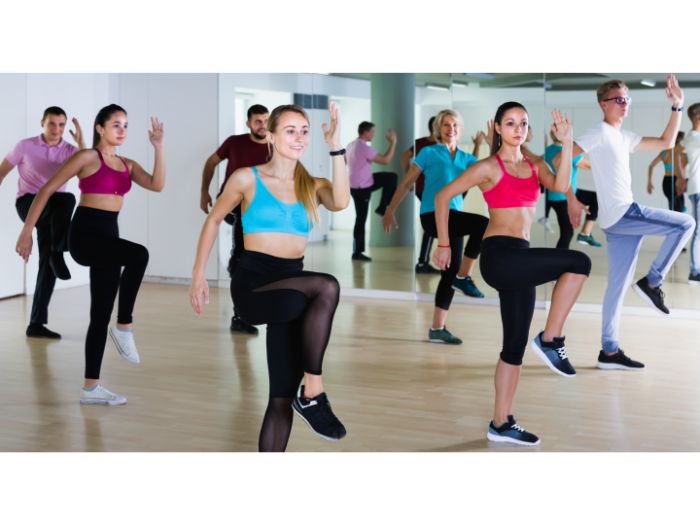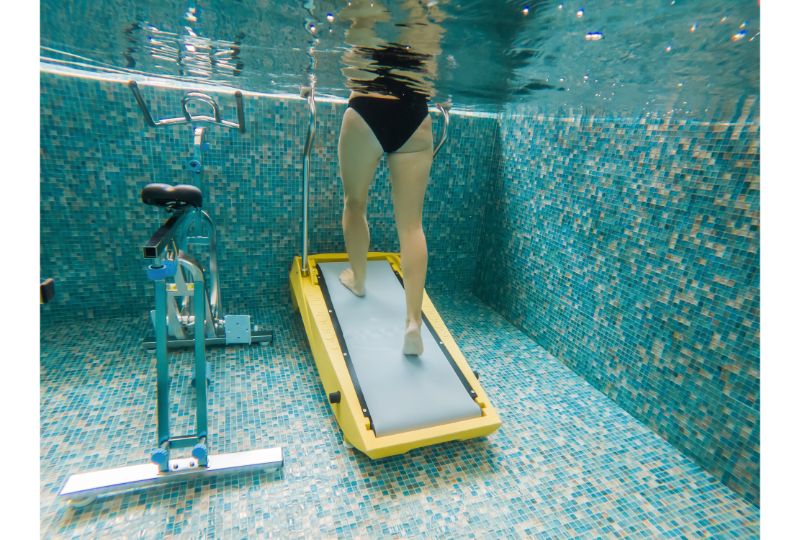Jogging vs Skipping Rope
This page contains affiliate links. As an Amazon Associate I earn from qualifying purchases.
Running and skipping ropes are both low-cost exercises that require very little equipment and can be done just about anywhere at any time. This is what makes them both such popular fitness activities – they are efficient and economical, whether you are building your endurance or upping your workout intensity.
But which one is better between jogging vs skipping rope – and which one should you be doing? Here we will look at the differences between the two and consider how you can work either or both into your fitness routine.
Quick Navigation
Calories Burned
As you can imagine, both of these exercises burn a fair amount of calories. When looking at an average 150-pound man doing each activity for 10 minutes, he can burn between 105 – 146 calories for skipping rope and 117 – 140 calories for jogging. This depends on intensity, of course.
While jogging burns more calories when done with low intensity, skipping rope has an advantage when moving to higher intensity levels. So calories burned will come down to how much effort you plan to put in.
Muscles Used
Skipping rope and jogging involves using your leg and hip muscles for propulsion and your core muscles for abdominal and back support and stabilization.
However, jogging requires increased use of glute and hip muscles due to the wider range of motion in the jogging process. Additionally, jogging requires you to keep your biceps flexed as a counterbalance to your leg movement, and you also contract your shoulders in this process.
With that being said, skipping rope with single-foot jumps requires you to use your hip abductors more than if you were jogging. This is to keep your hips stable through the movement. Skipping rope also requires using your forearms, biceps, triceps, and shoulder muscles to provide resistance when swinging the rope.
Impact Force
The impact force your body experiences in your lower extremities is about the same whether you are jogging or skipping rope. The only real difference comes when you do single or double skip jumping. Double skips have more impact than single skips. When double skip jumping, you have the same impact force as jogging.

Aerobic vs Anaerobic
These exercises can be done as aerobic exercises that can enhance your endurance over a longer distance by keeping a steady pace. Additionally, high-intensity interval training (HIIT) or sprints, which are anaerobic exercises, can be done with jogging and skipping rope.
Both are an excellent option for HIIT, which requires short bursts of exercise at around 80 – 95% of your maximum heart rate paired with periods of low-intensity exercises at roughly 40 – 50% of your maximum heart rate.
Not many other activities allow the flexibility of moving between aerobic and anaerobic without changing anything other than speed or intensity.
Fat Burning
Several studies have found that skipping rope reduces body fat and improves the risk factors associated with chronic heart disease. Other studies observed that running is a great activity to burn body fat. Furthermore, it was found that there was a similar caloric expenditure, no matter what type of running you do – HIIT, endurance running, or slower jogging.
At the end of the day, when it comes to burning fat, both exercises provide this benefit and lower heart disease risks.
Sprint vs Endurance Performance
These activities have been found to increase cardiovascular endurance – even when jogging more slowly or when a rope isn’t used in the skipping rope motion. In fact, there are skipping rope alternatives that allow for the same movement but do not require as much coordination.
There is a correlation between skipping rope speed, which is the ability to do double skips, and sprint speed. This means that the ability to do double skips correlates to an improved sprinting speed. This is based on the anaerobic nature of these activities.
Both jogging and skipping rope can improve your endurance and sprinting performances.
Who Shouldn’t Jog or Skip Rope?
Both of these activities involve an increased force on your body when compared with exercises like walking, cycling, and swimming. This means that those with hip, knee, ankle, or back problems should avoid doing the exercises.
There are alternatives to jogging on land if you are a die-hard running fan. You could try jogging on unweighting or gravity-reducing treadmills, which reduce the amount of stress impact your body experiences. You could also try water jogging, which is quite popular in summer.
Lastly, you could workout on a DigiJump machine, which is a fun, low-impact alternative to skipping rope, or jump on a workout trampoline, which simulates the action of skipping rope without the impact on your joints.
Jogging vs Skipping Rope – Which Should You Choose?
While both of these activities are great for improving your cardiovascular endurance and health in general, if you can only choose one, we recommend skipping rope as it allows you to reap the fitness benefits in less time.
If your goal is to become a better runner so you can improve your endurance and distance, jogging is obviously the better choice. Additionally, if you get bored easily, jogging allows for a change of scenery if you choose different routes and trails.
With that said, skipping rope is an excellent alternative to jogging and works well if you pair the two together to work on both your muscles and cardiovascular system.
Final Thoughts
Whether you choose jogging or skipping rope, you can’t go wrong. They are both cost-effective exercise options that need minimal gear and can be done almost anywhere. Both options burn a high number of calories in a very short time. You can lose weight, build muscle, and reduce body fat doing either activity.
It is important to note that both of these activities are considered high-impact exercises, so they may not be suitable for you if you have ankle, knee, hip, or back problems. Selecting the exercise that interests you most will ensure you keep up with it, but the best part is that you can alternate between the two activities or do them both as part of your daily exercise routine.



